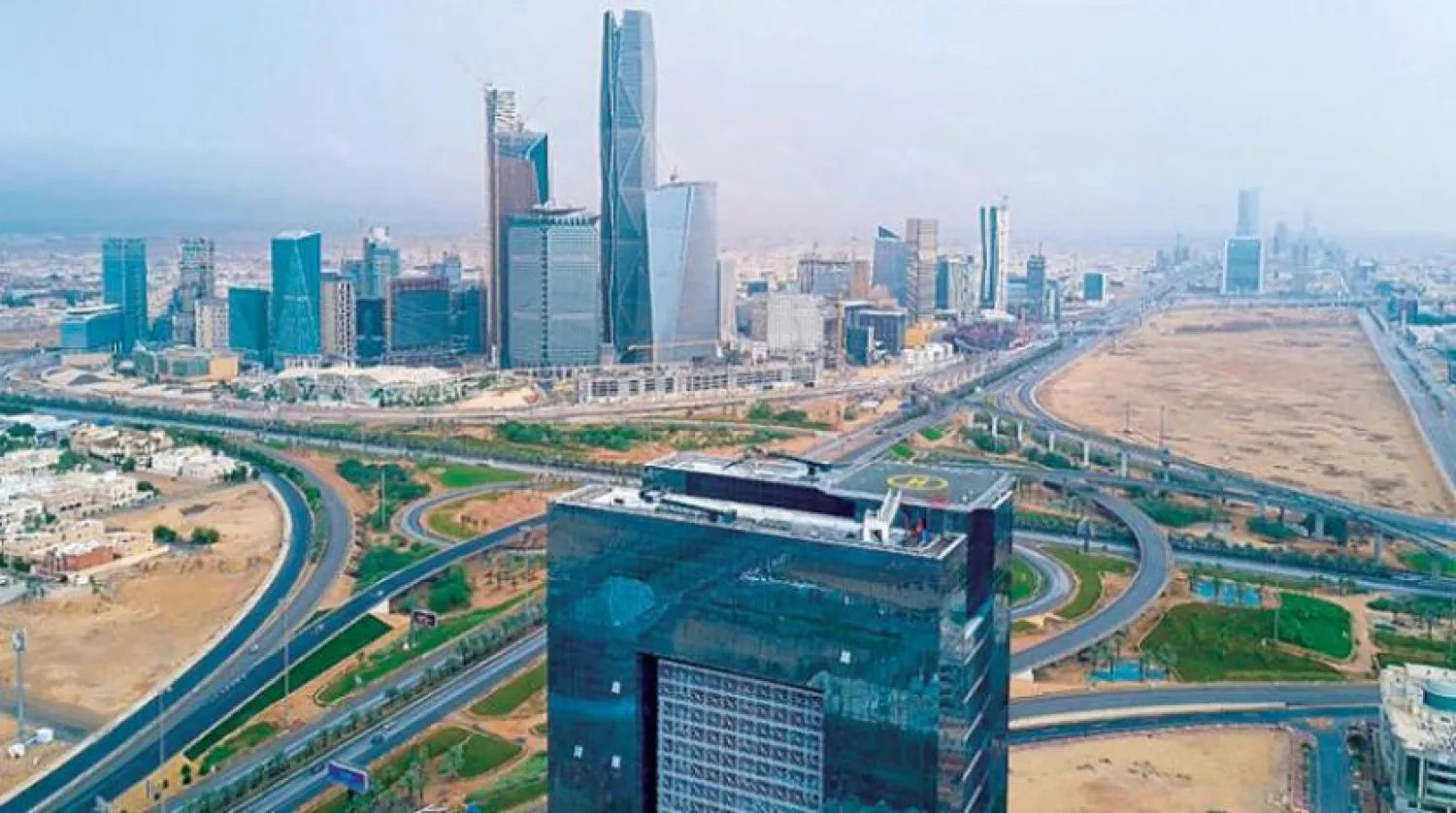Saudi Arabia has seen indicators of high liquidity movement, prompted by the recovery of commercial demand and consumer spending over the last period, in parallel with the growth of the national economy and the rise in oil revenues and non-oil activity in the Kingdom.
Cash liquidity rose by 2.7% at the end of March, registering an increase of 63.1 billion riyals ($9.6 billion) during the first quarter of 2022.
According to the indicators of the Saudi Central Bank (SAMA), financial liquidity rose to its highest level in March, reaching 2.37 trillion riyals ($632 billion), compared to 2.30 trillion riyals in the fourth quarter of 2021.
Cash flow registered an annual growth of 8.4% in the first quarter of 2022, compared to the same period last year.
The monetary indicators coincide with the rise in consumer spending data in Saudi Arabia, during the period that sees active preparations for the start of the month of Ramadan.
Statistics on points of sale and electronic transactions revealed that consumer spending in rose in March to 113.8 billion riyals, a growth of 13%, compared to 100.8 billion riyals during the same period in 2021.
The value of sales through points of sale in Saudi Arabia during March 2022 increased by 25% to reach about 51 billion riyals, compared to 40.84 billion riyals during the same period last year.
According to the data, operations through electronic points, ATM cards and credit cards in large shopping centers and retail stores in all activities accounted for 602.2 million transactions, and through 1.14 million devices.
Meanwhile, cash withdrawals from ATMs decreased by 3% in March compared to the same month last year, which confirms a rise in the use of electronic means. This was reflected in the growth of e-commerce sales through Mada cards, which amounted to 9.98 billion riyals in March, an increase of 88% compared to the same period in 2021.







